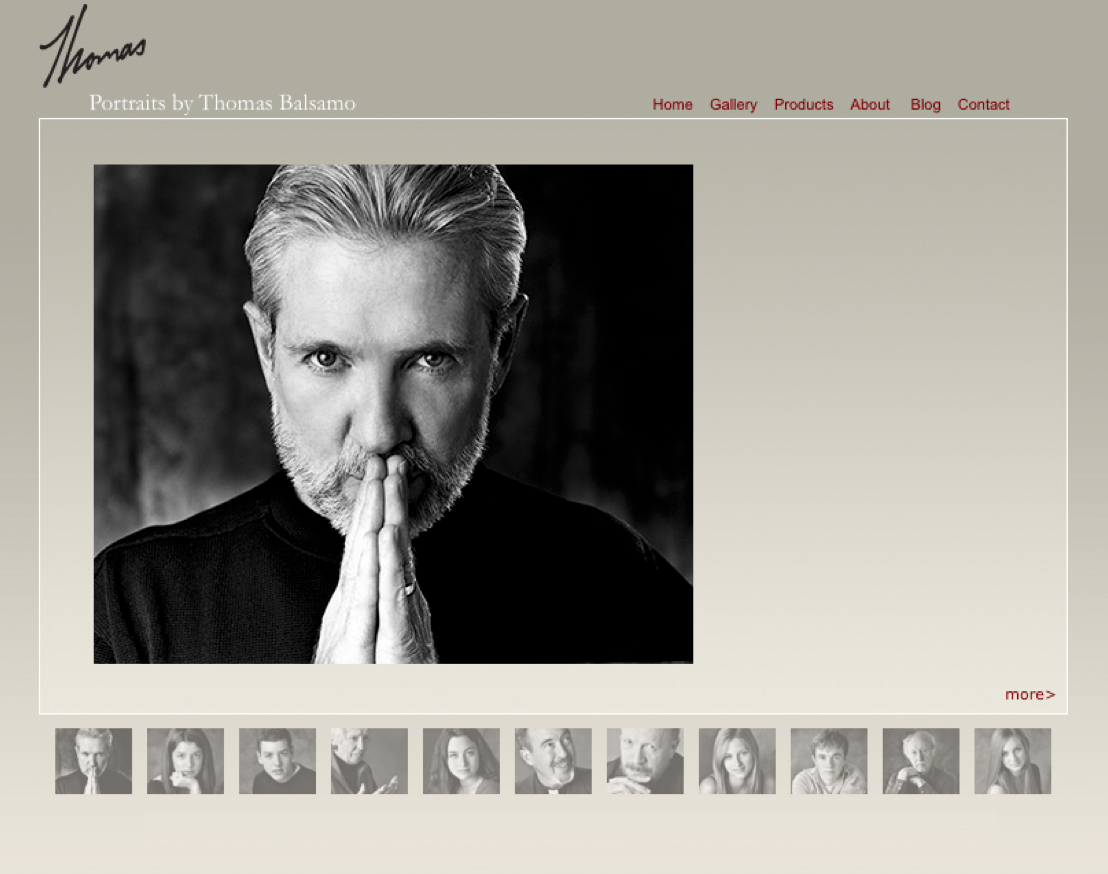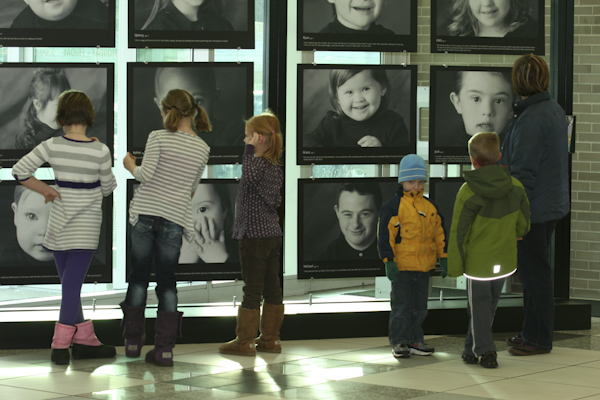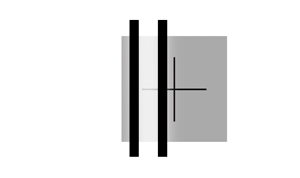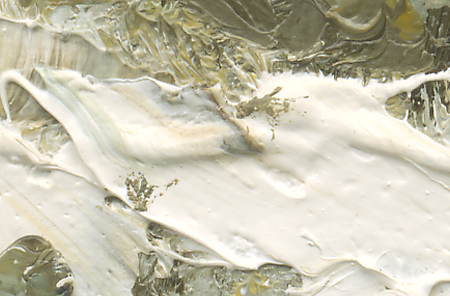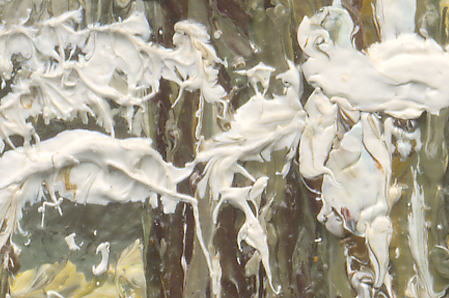Have a look at Thomas Balsamo’s portraiture and you’ll see some truly beautiful photographs. Honest, yet flattering images with a sensitivity and luminance that recalls the classic masters of photographic portraiture: Horst, Hurell, Karsh… not bad company to be in. Read his mission statement: “…to create portraiture that speaks volumes about the subjects we capture. We want to thrill, captivate and compel you, the viewer, to linger on our work.”, and it’s difficult to resist feeling moved by his work.
 Dig a little deeper and you discover a deep, abiding commitment to philanthropic work. His book “Souls Beneath and Beyond Autism” is clearly a labor of love, an effort to give of his own talent to “…break apart stereotypes associated with autism while illustrating the transforming power of love.”; “i have a voice”, a traveling show describing the unique view of children and adults with Down Syndrome: “To see a world through eyes that don’t judge. To love with hearts that don’t discriminate. To look at people for who they are. And accept them for simply that.”; work with the Cystic Fibrosis Foundation, the Evans Life Foundation, and many others…
Dig a little deeper and you discover a deep, abiding commitment to philanthropic work. His book “Souls Beneath and Beyond Autism” is clearly a labor of love, an effort to give of his own talent to “…break apart stereotypes associated with autism while illustrating the transforming power of love.”; “i have a voice”, a traveling show describing the unique view of children and adults with Down Syndrome: “To see a world through eyes that don’t judge. To love with hearts that don’t discriminate. To look at people for who they are. And accept them for simply that.”; work with the Cystic Fibrosis Foundation, the Evans Life Foundation, and many others…
About this work, Balsamo says:
“My hopes and dreams are to inspire others to find, develop and use their gifts, passions and talents to make a fulfilling career while making contributions to society. What a great place the world would be if everyone would operate in this space. I have never had a job, because my portrait work has been a labor of love. I have been so privileged that my portraiture has been used to raise millions of dollars for non profit organizations. I am so thankful to have had 30 incredible years of creating portraiture.”
This modest statement belies some impressive accomplishments: Thomas’ images of individuals dealing with Autism have been have been displayed in 800 Toys R Us and Babies R Us stores, and across the country, since 2007. 6.5 million dollars have been raised from the Faces of Autism Campaign.
Here, deeper still, you find the core of what motivates Thomas Balsamo. Balsamo’s goal is to inspire artists to create, to build, to strive to make the world a better place with their work and vision. “Change comes from the artists. Artists have the power to make people aware, to inspire, to provoke thought and emotion, to make a real difference. Think of the Renaissance… it all came from Art.” Through his own work he strives to show what can be achieved with talent, vision, and a commitment to making a change in the world. Thomas states in his description of “Souls Beneath and Beyond Autism”, “…The greater purpose, beyond autism, is the universal message that from the depths of darkness often we find the greatest enlightenment. The individual with autism is a beautiful metaphor for this belief.”
The greater purpose of art, for Thomas, is the same. From the heights, or depths of the creative spirit, we can achieve the greatest enlightenment… and often the greatest good.
In considering the power of the artist, and their gift of talent, Balsamo’s work reminds us of the wonderful sentiments of Helen Keller: “There is no better way to thank God for your sight than by giving a helping hand to someone in the dark.”
See more of Thomas’ work at his site: Portraits by Thomas.
Learn more about his philanthropic work here, on his blog, as well as a complete picture of Thomas’ studio.
His book, SOULS: BENEATH & BEYOND AUTISM is available from Amazon.
Thomas has a lot of wonderful photographs on his site… but our favorite is this simple shot of a group of “his kids” at a reception at the Woodridge Library, seeing themselves through Thomas’ eyes…
